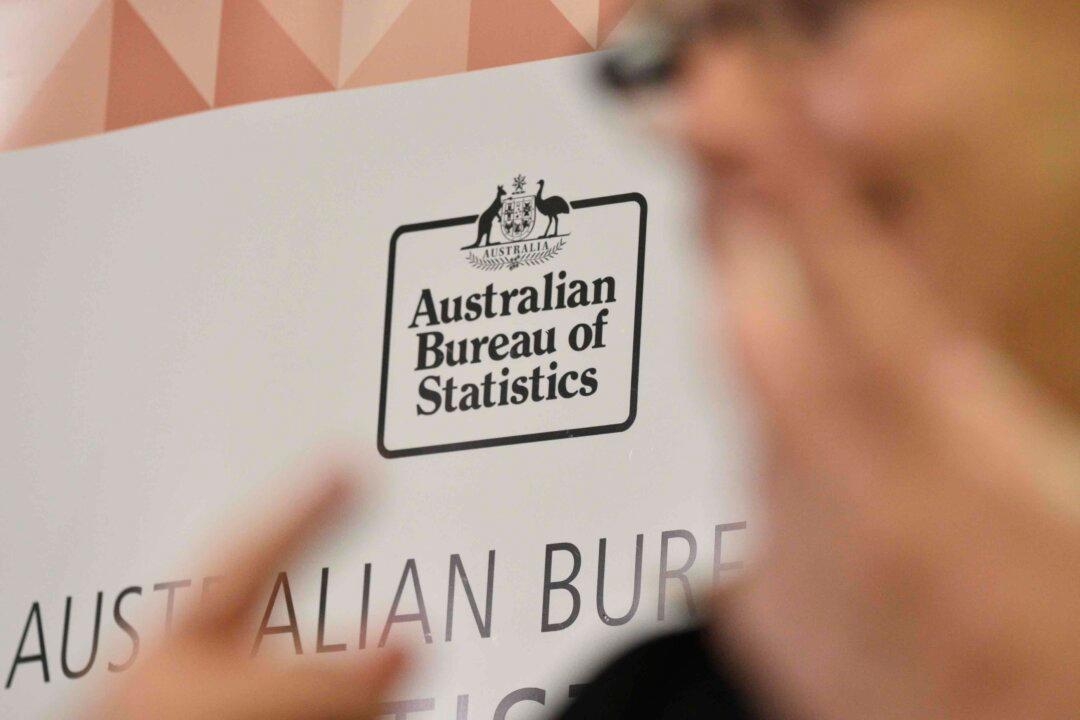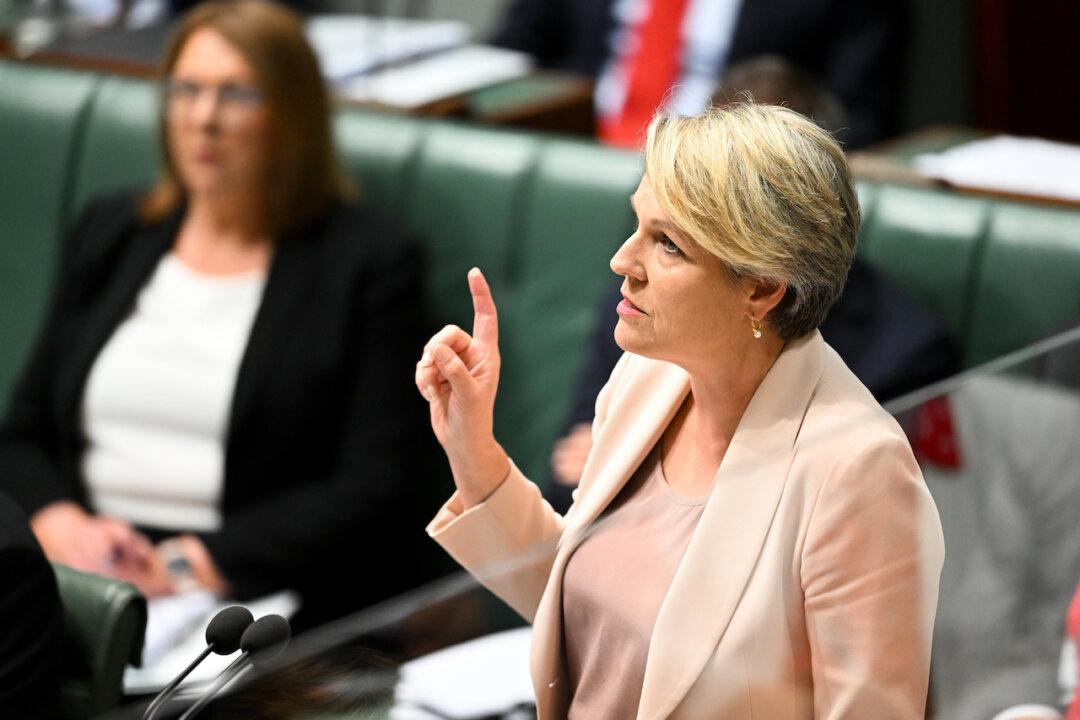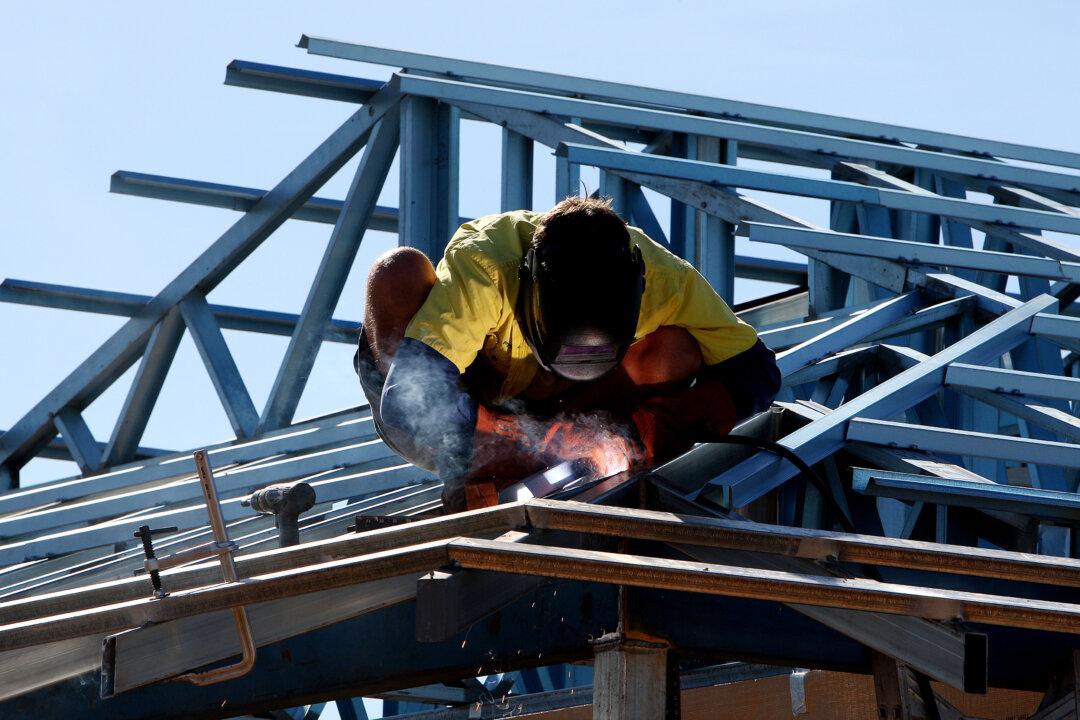The Australian Bureau of Statistics (ABS) on May 18 released figures that indicate the rate of job losses slowed down between mid-April and early May.
ABS Head of Labor Statistics Bjorn Jarvis said: “The week-to-week changes are much smaller than they were early in the COVID-19 period.”




